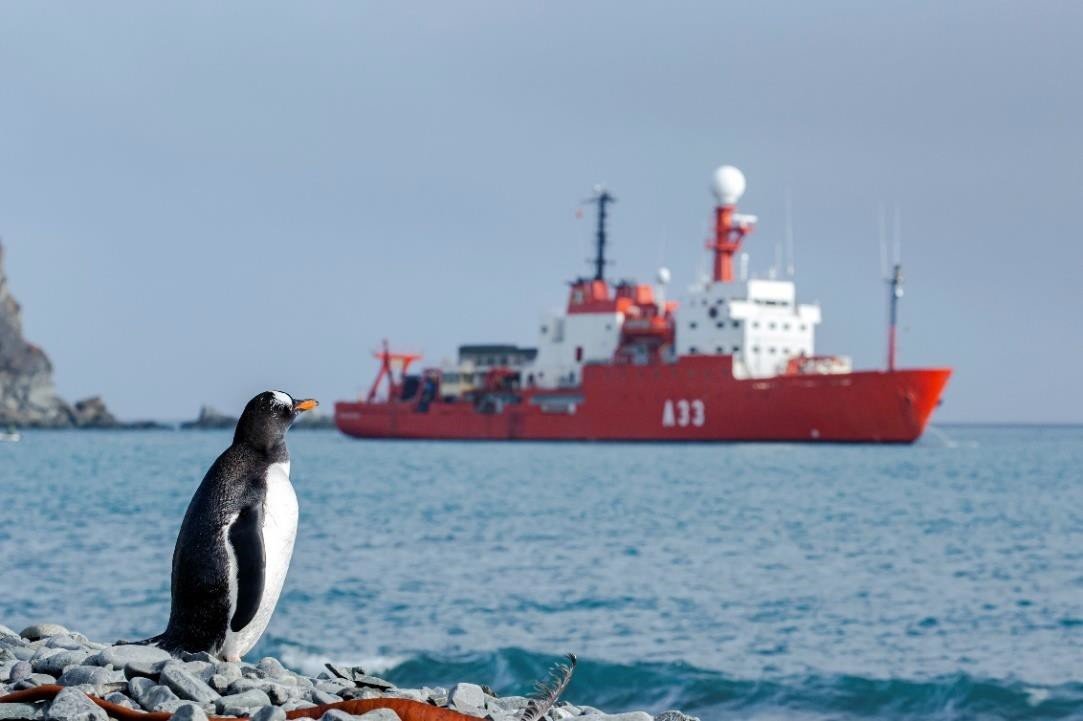The regular voyage begins sailing heading 222 with a moderate fair wind from the northeast, heavy seas combined with strong waves coming from the northeast, cloudy skies and good visibility.
The third Sunday at sea of the Antarctic Campaign dawns with better prospects, in terms of weather, than the previous days. The rainfall is already behind us when the “Hespérides” sails so far ahead of Sao Paulo, the largest city in Brazil. For its part, the waves will still take a few more hours to reduce their intensity.
During the morning, a time change is made, going from 10:00 a.m. in zone Z to 09:00 a.m. The 15º longitude arc that corresponds to this time zone, located in the middle of the Atlantic Ocean, makes it applicable to less than 800,000 people worldwide; those who live in the Azores, part of Greenland or some Norwegian islands, with Cape Verde as the only sovereign nation that uses this time officially throughout its territory. There are already two hours difference with Spain, and there are still two more time changes to reach zone P, official throughout Argentina and the Chilean Magellanic region.
Few other changes occur in this 25-hour Sunday journey. As there are no work hours in the morning, those members of the crew who have stood guard at night in the surveillance shifts known as media (from 0000 to 0400) or dawn (from 0400 to 0800), enjoy this hour of work. additional rest, whenever your obligations allow it.
At nightfall the current from Brazil, which has been driving us for days, begins to lose steam at our stern. Although the 24ºC of the sea shows us that these equatorial water masses are still with us, the increase in extension of the Brazilian continental shelf in these latitudes makes the current lose a lot of speed. It is also in this region of the Latin American coast where the Brazil current begins to deviate towards the East before, after more than 15 voyages, our defeat is about to reach the Río de la Plata.

